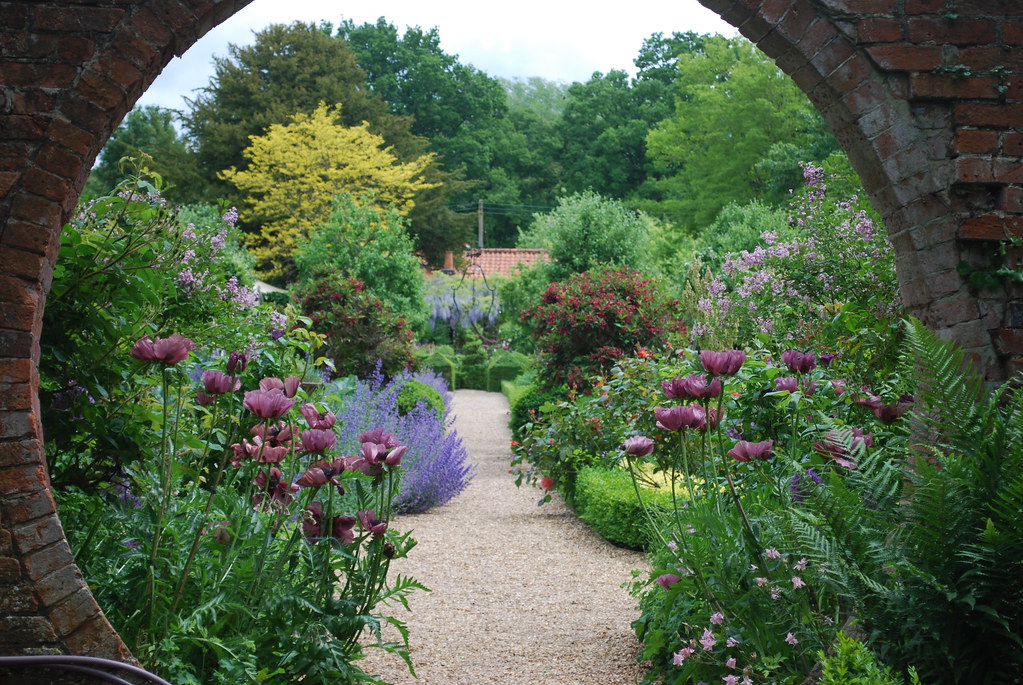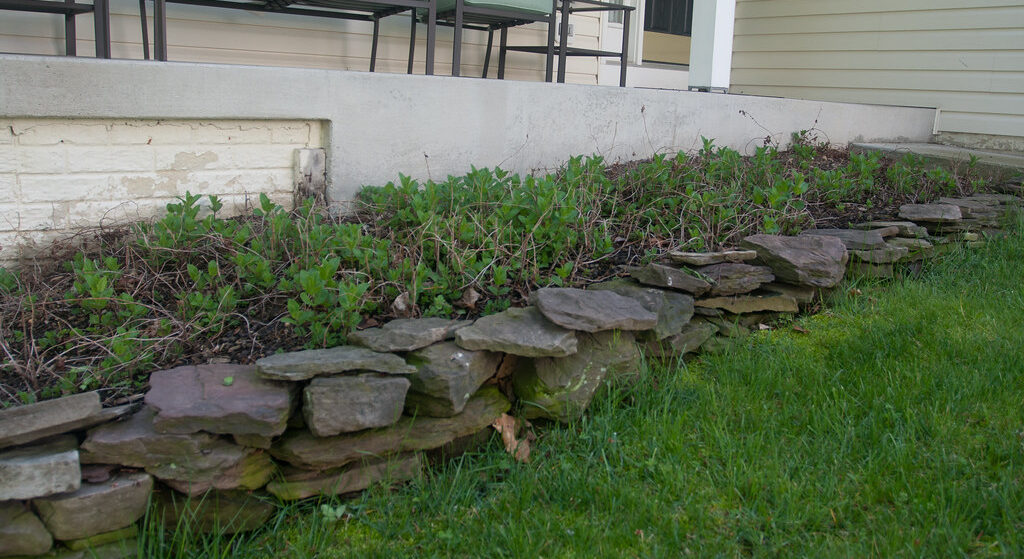Have you ever felt the pang of garden envy, gazing out at a lush backyard oasis, only to remember that your rented abode comes with the caveat of ‘look, don’t touch’ when it comes to the land? If you’ve been nodding along, you’re not alone. The plight of the renter-gardener is a tale as old as time—or at least as old as the concept of private property. But here’s a little secret: the earth beneath our feet is a constant source of renewal and growth, and it doesn’t care about lease agreements.
The Philosophy of Gardening as a Renter
The notion of impermanence can be a daunting one, especially when it comes to investing time, love, and resources into a garden that might one day be uprooted—literally. Yet, it’s this very impermanence that can teach us the most valuable lesson of all: the art of living in the moment. As renters, we’re often faced with the reality that our stay in any given home may be fleeting. But rather than seeing this as a barrier to gardening, let’s view it as an opportunity to cultivate resilience and adaptability—qualities as essential to gardening as they are to life.
Consider this: every moment spent nurturing a plant, every seed sown into the soil, is a moment of learning and growth that stays with you, long after you’ve moved on from your current home. The skills you develop, the understanding of ecosystems, the patience and the joy of watching something thrive because of your care—these are the true fruits of your labor. They’re yours to keep, to transplant into new gardens and new experiences.
Let’s address the elephant in the room: the investment in something that’s not ‘yours.’ It’s a valid concern, but let’s take a step back and ponder the nature of ownership. What does it mean to own something, really? In the grand scheme of the universe, with its cosmic timelines and celestial events, our grasp on anything is but a blip. The sun, in its fiery glory, will one day expand and consume the very ground we’re so eager to claim. In the face of such vastness, the lines between ‘mine’ and ‘yours’ blur into insignificance.
Don’t let that existential thought dishearten you. Instead, let it liberate you. The garden you create today is a testament to your existence, a mark you leave on the world that says, ‘I was here, I lived, I grew.’ It’s a legacy of beauty and life, a gift to the future tenants, the neighborhood, and the local wildlife. And who knows, perhaps the tree you plant today will one day provide shade to someone who needs it, long after you’ve moved on.
The famous quote, often misattributed to ancient Greece, tells us that the true meaning of life begins when we plant trees under whose shade we do not expect to sit. It’s a call to action, a reminder that our time here is short, but the impact we make can endure. So, let’s embrace this transient nature of our lives and use it to fuel our passion for gardening. Let’s create spaces that buzz with life, that offer a haven for bees, birds, and butterflies. Let’s fill our rented corners of the world with greenery and growth, for the sheer joy of it, for the love of the earth, and for the future generations who will inherit this planet.

The Practicalities of Creating a Renter’s Garden
As we delve into the practicalities of creating a renter’s garden, remember that the true beauty of gardening lies not in the permanence of the landscape, but in the transient, ever-changing nature of life itself. Every plant you nurture is a lesson learned, every bloom a fleeting moment of beauty to be cherished. So, roll up your sleeves, and let’s get planting—because no matter where you are, you can always grow a garden.
Diving into the realm of practical advice, let’s explore how to cultivate a thriving garden in the transient world of renting. The key to success lies in flexibility and transportability, ensuring that your green oasis can move with you, should the need arise.
Containers are the cornerstone of the renter’s garden. They’re the nomadic planters that allow you to take your beloved flora with you, turning any space into a verdant paradise. But beware the pitfalls of container gardening! It’s not just about plopping a plant into any old receptacle; there’s an art to selecting the right container.
The size of the container is paramount. It’s easy to underestimate the room a plant’s roots need to flourish. While indoor plants may thrive in cozy quarters, outdoor plants, especially vegetables, demand more space. Opt for larger containers to give your plants room to grow. If your greenery seems to have hit a growth ceiling, it might be time to upgrade to a more spacious pot.
Soil quality is another critical factor. Container soil can dry out and degrade quicker than its garden bed counterparts. To combat this, always choose a high-quality potting mix, rich in slow-release fertilizers and designed for optimal drainage. If you’re nurturing hungry plants, supplement with regular feedings of liquid fertilizer or well-rotted manure to replenish nutrients.
Drainage is a deal-breaker for container plants. A pot without proper drainage is a death sentence for most plants. If you find yourself with a pot sans holes, grab a drill and a masonry bit to create some. Place your pots on surfaces that allow water to escape, avoiding waterlogged soil and the dreaded root rot.
Watering is where many container gardeners stumble. Potted plants dry out faster than their in-ground counterparts, so consistent watering is crucial. If your rental has a sprinkler system, position your pots to catch the spray. Otherwise, be prepared for regular hand-watering, especially during the scorching days of summer.

For the fun part: almost anything can serve as a container for your plants. From wheelbarrows to teacups, the only limit is your imagination. If space is at a premium, square or rectangular containers are your best bet for efficient use of space. For those with more room to play with, anything that can hold soil and drain water can become a home for your plants.
When it comes to what to plant, the options are nearly limitless. Tomatoes, herbs, succulents, potatoes, radishes, rocket, silverbeet, chillies, lettuces, and carrots are all excellent choices for container gardening. Consider the root depth of your plants when selecting containers, ensuring they have ample room to grow. For aspiring arborists, half-wine barrels can house dwarf citrus trees, bay trees, and more, allowing you to cultivate a mini orchard on your patio.
Landscaping a rental doesn’t have to be a distant dream. While you may not be able to overhaul the entire yard, you can certainly enhance it with strategic additions. Consider portable garden beds, which can be filled with your choice of plants and easily moved when you relocate. Vertical gardens are another space-saving solution, allowing you to grow upwards rather than outwards. Climbing plants, hanging baskets, and wall-mounted planters can transform a bland wall into a lush tapestry of greenery.
When selecting plants for your rental garden, consider their lifecycle. Annuals, with their one-season lifespan, are perfect for renters, offering a burst of color without long-term commitment. Perennials can be a bit trickier, but with careful planning and container choice, they too can be part of the renter’s garden. Choose plants that can handle being moved and are adaptable to various conditions.
Don’t forget about the power of community. Engage with fellow gardeners, swap cuttings, and share tips. This network can be a source of support and inspiration, helping you navigate the challenges of gardening on the go.
The transient nature of renting should not deter you from creating a garden. With the right approach, you can cultivate a space that not only brings you joy but also contributes to the environment and the community. Embrace the impermanence and let it fuel your creativity. Your garden is a reflection of your journey, a green thread that weaves through the tapestry of your life, no matter where it takes you. So plant with passion, nurture with care, and grow a garden that moves with you, leaving a trail of beauty in your wake.
Related posts:
Learn to Garden — Gardening with Casey Joy
Americans Share Why They’re Pausing Their House Hunt
Dear Fiona: are forever homes a good idea? And if so, what do they need?





